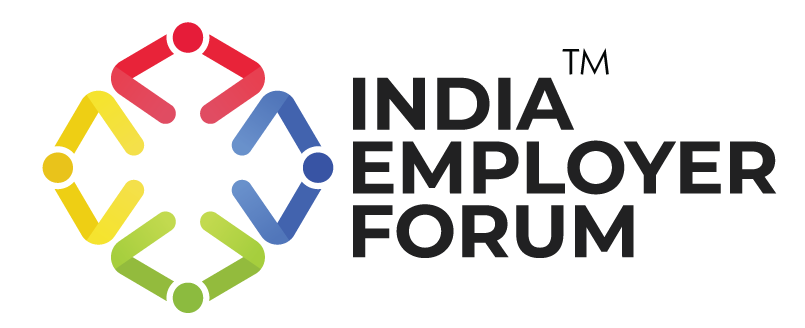In the quest for sustained economic progress, India finds itself at a crossroads, armed with the realization that the empowerment of women in the workforce is not just a social necessity but a strategic imperative. The report titled “India’s Breakout Moment” signals a pivotal opportunity to achieve an 8% GDP growth rate by 2030. However, this goal is contingent upon ensuring a higher share of labour force participation rate (LFPR) for women. With increasing awareness and improved access to resources, the time is ripe to enhance the workforce by leveraging the strength and capabilities of our women. In this article, we explore some of the measures that will help to raise the critical mass of women LFPR to make a substantial contribution to economic growth.
1. Education and Skill Development: Nurturing Talent for Tomorrow
Education and skill development lay the foundation for an increase in women’s workforce participation. Tailored programs addressing the unique needs of various industries can be designed and delivered to young women which will significantly enhance their employability. Collaboration between industry and educational institutions is crucial as it will help to align curricula with the evolving demands of the job market. This will also help to ensure that the education imparted to these women is instrumental in making them self-reliant and equipping them with the skills necessary to improve the quality of their lives.
2. Flexible Work Policies: Balancing Professional and Personal Lives
Flexibility is the cornerstone for drawing women into the workforce. Employers need to implement and promote flexible work policies, including options for remote work and flexible hours. By prioritizing output over physical presence, businesses can create an inclusive environment where women can balance professional commitments with personal responsibilities.
3. Pay Equity: Bridging the Gender Pay Gap
Transparent communication of equal pay practices is fundamental to attracting and retaining talented women. Regular pay audits can help identify and rectify gender pay gaps, fostering an environment of fair compensation as a non-negotiable standard. An equitable pay structure is not just a legal requirement but a moral imperative for businesses aspiring to lead India in the 21st century.
4. Maternity and Paternity Benefits: A Holistic Approach to Work-Life Balance
Comprehensive maternity and paternity leave policies are critical in supporting both men and women in the workforce. Encouraging shared parental responsibilities can contribute to breaking traditional gender roles and fostering a work environment where everyone can balance career ambitions with family responsibilities.
5. Promoting Entrepreneurship: Fostering Innovation and Leadership
Empowering women to become entrepreneurs is a potent avenue for increasing Women’s Workforce Participation. Government initiatives and private sector collaborations can play a pivotal role in creating an entrepreneurial ecosystem that nurtures and supports women-led businesses. By reducing barriers to entry, India can unleash a wave of innovation and economic growth led by women entrepreneurs.
6. Eliminating Unconscious Bias: Cultivating Inclusive Work Environments
Unconscious bias remains a significant barrier to women’s advancement in the workforce. Regular training programs aimed at eliminating biases in hiring, promotions, and performance evaluations are essential. Organizations must actively work towards creating an inclusive workplace culture that not only acknowledges but celebrates diversity, ensuring that talent is recognized and rewarded irrespective of gender.
In conclusion, achieving an 8% GDP growth rate by 2030 is not just an economic milestone; it is a societal imperative. By prioritizing Women’s Workforce Participation through comprehensive measures, India can tap into a vast reservoir of talent, creativity, and innovation. The journey toward economic success is intertwined with creating a work environment where women thrive, breaking barriers, and contributing significantly to the nation’s progress. As businesses, government bodies, and society align efforts, India can truly realize its breakout moment on the global stage.
References:
- Female labour participation declining in India: Why are women not working? | India Today | Jun 2023
- Female footprint in India’s workforce | Reuters | Sept 2023
- Growth in Female Labour Force Participation in India Now Seems to Be Stagnating | The Wire | Mar 2023
You might also be interested to read:Global Unity in the Fight Against Poverty: International Day for the Eradication of Poverty






